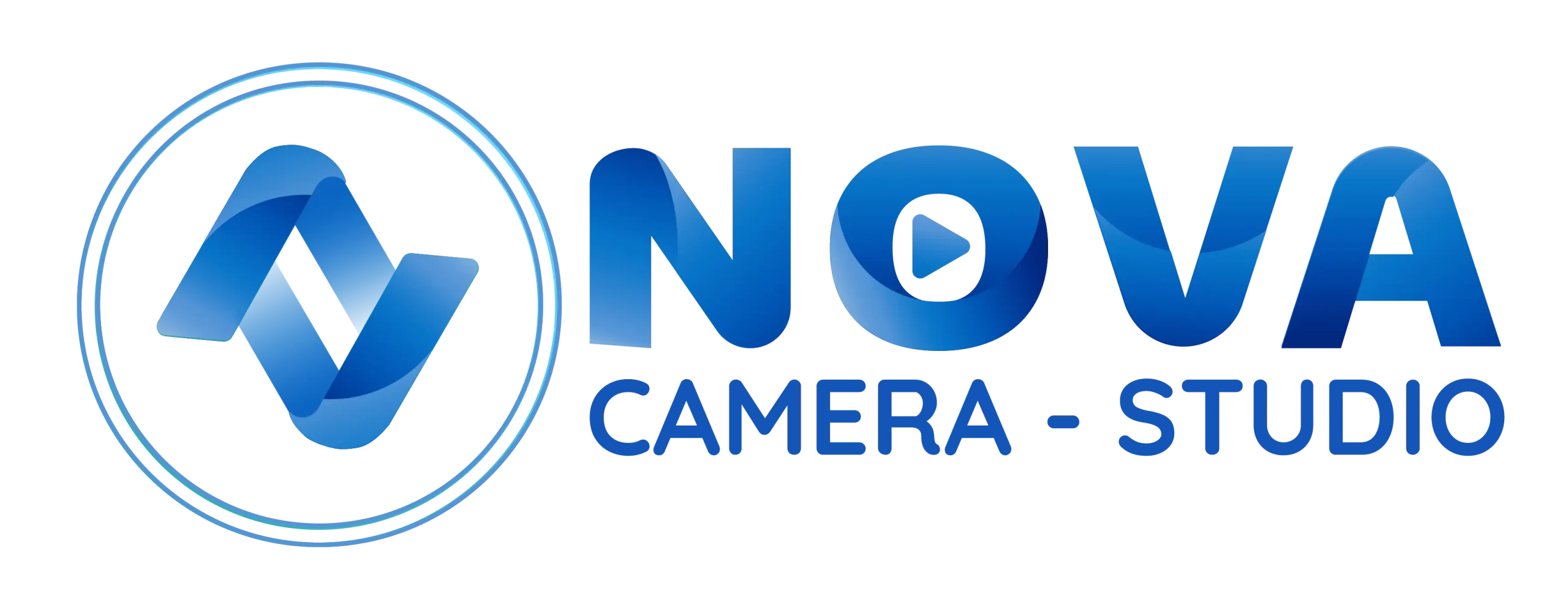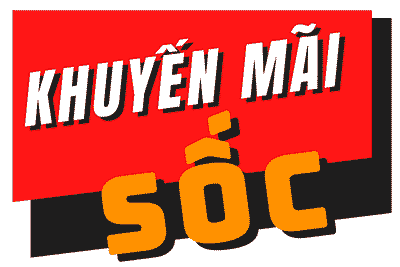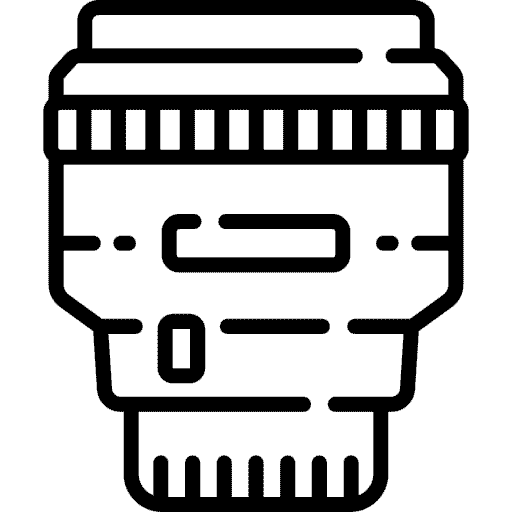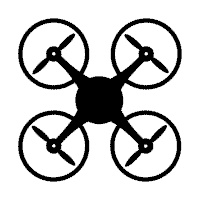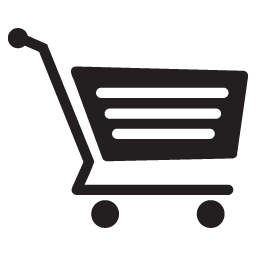Time to fill tracks the number of days it takes to hire a new employee from job posting to offer acceptance. A longer time to fill may indicate inefficiencies in the hiring process. This metric tracks the number of support requests following a new software release. Runway refers to the number of months a startup can operate before running out of cash, assuming no new revenue or funding. A longer runway gives the startup more time to achieve profitability or raise additional capital.
Project managers need to keep projects on time and on budget while also ensuring a high quality outcome. That’s why the 15 key performance indicators examples below focus on timeliness, budget and quality. OTD measures the percentage of products or services delivered on time to customers. High OTD rates improve customer satisfaction and can lead to increased loyalty and sales. To be useful, key performance indicators need to be monitored and reported on; if they change in real-time, they should be monitored in real-time.
We also recommend identifying and committing to tracking and managing the same KPIs for about a year, with regular monthly or quarterly reporting cadence, to create consistency in data and reporting. Progress KPIs are great, but your KPI stack needs to include some easily quantifiable measures. We recommend using a mixture of progress KPIs and other types that have clear targets and data sources. What sets them apart is that they provide the greatest value to one specific set of users. Each category has its own characteristics, time frame, and level of business that is likely to use it.
The defect rate measures the number of errors or issues found in project deliverables. This KPI is particularly important for software development projects but can be applied to various industries. To improve resource utilization, consider implementing resource management features available in project management software like ONES Project.
Customer retention rate refers to the percentage of customers who continue to buy from you over a specific time period. High retention rates are indicative of customer satisfaction and loyalty. This KPI measures the profitability of your marketing efforts by comparing net profit to revenue. A higher net profit margin indicates more effective marketing and greater financial health. Marketing Key Performance Indicators (KPIs) help you evaluate the success of your marketing efforts and identify areas for improvement. These KPIs cover various aspects of marketing, from digital marketing channels and social media to email marketing and customer relationship management.
- Project management KPIs are measurable values that help track project progress and success.
- The higher the attrition and satisfaction rates, the bigger the revenues of the company.
- Regularly monitoring these KPIs can help you refine your marketing strategy and optimize your campaigns for better results.
- If this figure is too low, you’re not selling enough of the inventory and are at risk of overstocking or deadstock.
KPI Meaning vs Metrics Meaning
Active and inactive user statistics provide organisations with immediate, clear insight into which users are engaging with the L&D material. Active users, those regularly logging in, participating in courses, and completing modules, reflect how well the LMS is serving its purpose. Another key LMS key performance indicators examples metric that all sound organisations must leverage is assessment scores.
Bonus: +40 Extra KPI Examples
Well, they provide measurable evidence of whether learning objectives are being met. As you can probably guess, learner engagement is one of the most critical metrics for measuring LMS performance. Once you’ve gathered the necessary course completion rate data, you can then begin to form a strategy to improve future L&D. This data makes it simpler for decision makers to make informed decisions, demonstrating L&D success, while providing insights into how any future L&D can be tailored to meet the needs of the organisation.
But, once you have, it’s as simple as measuring how many managers have undergone it and expressed as a percentage. This is the expenditure that will be aimed at minimizing health and safety hazards within an organization. It will include training, inspections, and audits that will be aimed at offering conducive and safe working conditions. You do want to be careful with this KPI, as it does not apply to all types of organizations and the definition of ‘overtime’ will vary per organization. To work out the LTIFR you multiply the number of lost-time injuries by 1,000,000 then divide that number by the total number of hours worked in an organization. So if you have 8 lost-time injuries and 3 million hours worked, your LTIFR is 2.6.
Using Cascade, you can build customizable KPI reports and track all important metrics in real-time. The most obvious example of traffic would be website traffic – but the same applies if you have a physical store front too. How many people are walking past your store (or browsing your e-commerce website) and therefore how many people have a chance to see your products and perhaps become leads. As your business evolves, your KPIs should be updated to reflect new goals, challenges, and opportunities. Computes the ratio of the effective output to the total input used in the business process. Evaluates customer loyalty by asking how likely they are to recommend a company’s products or services.
Service Level Agreements (SLAs)
Take a look at the departmental KPI examples below to learn more about the one you should be measuring. If you want to ensure that you’re on track, you might have a KPI in place telling you whether you will hit that increase, such as your lead pipeline. We don’t want to over-rotate on this, but as part of a holistic, agile plan, we recommend outlining 5-7 key performance metrics or indicators in your plan that show a mix of leading and lagging indicators.. A good KPI provides objective and clear information on progress toward an end goal. It tracks and measures factors such as efficiency, quality, timeliness, and performance while providing a way to measure performance over time.
They provide a numerical basis to evaluate the effectiveness of business strategies, helping organizations to understand if they are achieving their key objectives. KPIs can be related to any aspect of a business, from financial performance and customer satisfaction to employee productivity and more. KPI stands for key performance indicator, a quantifiable measure of performance over time for a specific objective. KPIs provide targets for teams to shoot for, milestones to gauge progress, and insights that help people across the organization make better decisions. From finance and HR to marketing and sales, key performance indicators help every area of the business move forward at the strategic level. For example, metrics can be used to track the number of hours used during a project or show if a project is over or under budget.
Build custom dashboardsfor you and your team.
Qualitative indicators, on the other hand, present data in a textual form, such as surveys, questionnaires, and opinions. Qualitative key performance indicators are useful to evaluate employee and customer experience within a company and make improvements where necessary. Before you select the metrics you want to monitor, you must first define your goals and then assess the quantifiable measures that are related to those goals. For example, if your objective is to drive X number of customers in a certain time frame, you want to measure sales KPIs like retention rate, turnover rate or churn, sales growth, SQL, etc.
Return on marketing investment (ROMI)
- From finance and HR to marketing and sales, key performance indicators help every area of the business move forward at the strategic level.
- Examples include return on investment, profit margin, and total company revenue.
- KPIs enable manufacturers to identify bottlenecks, improve production processes, and enhance overall productivity.
- An example is counting the number of products sold or the number of visits to a webpage.
- TCO calculates the total cost of purchasing and operating a product over its lifetime.
In that way, employees will have clear objectives and they will be able to focus on improving measures, rather than trying to understand them. A good KPI should be tied directly to organizational or team goals that are easy to understand. Good KPIs are quantifiable and actionable, meaning decisive action can be taken in areas that aren’t meeting the required standards.
If this figure is too high, you may be selling out because you aren’t stocking enough products. You can determine inventory turnover by using this formula – the cost of goods sold/average inventory. This article does a great job of walking you through foot traffic and the various ways to measure it.
What Are 5 of the Most Common KPIs?
This KPI measures the difference between the planned and actual project timelines. A negative variance indicates a delay, while a positive variance suggests the project is ahead of schedule. This KPI is crucial for assessing project efficiency and for stakeholder communication.
